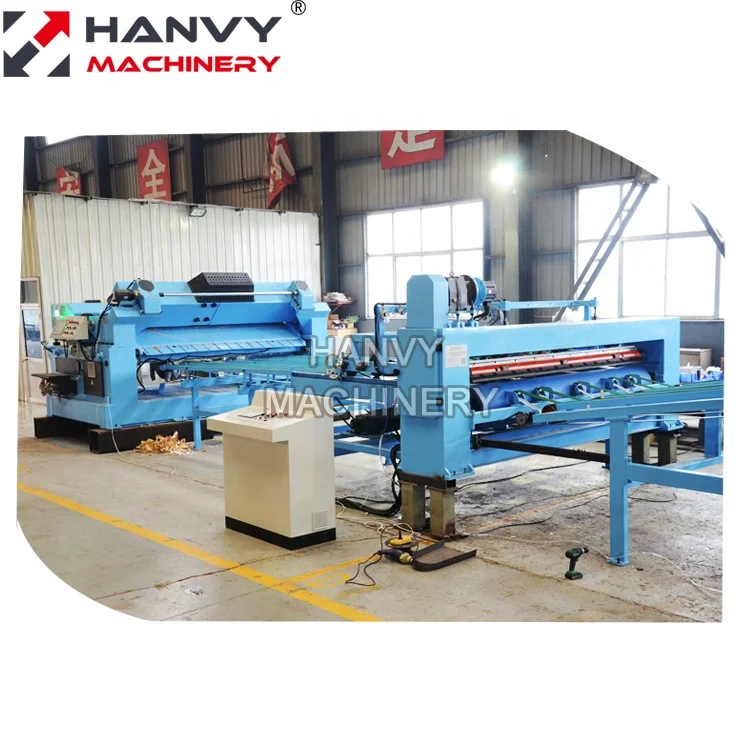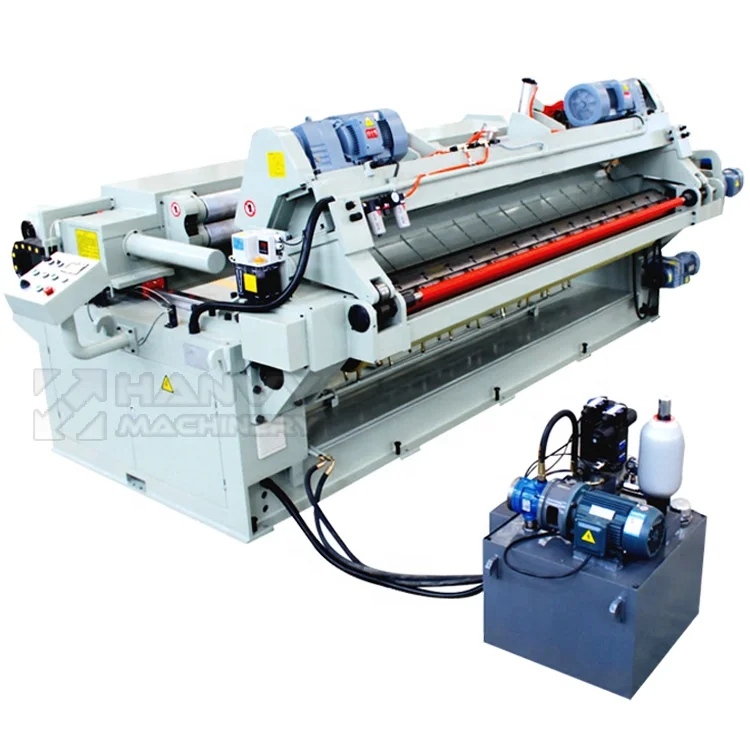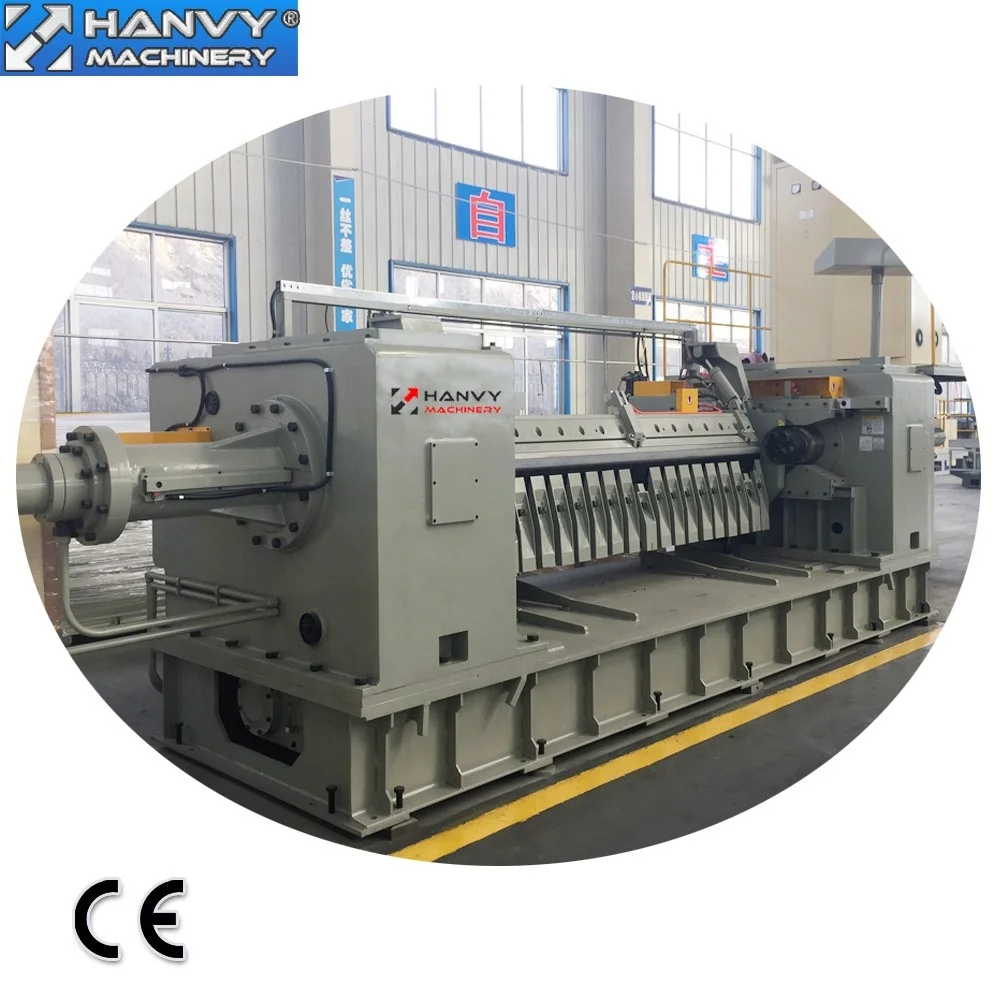Veneer is the thin layer of wood that covers most furniture, cabinet doors and even walls. An excellent way for things to look nice without needing plenty of costly wood that is solid. High quality wood is cut into thin sheets to replace the full piece of solid wood. Thin sheets of veneer are then cut and glued onto inexpensive wood substrates such as particle board, pressed fiberboard or plywood. This method also cuts back on cost but yet these coats offer a beautiful wood finish to the furniture or cabinets.
The process involves using a veneer rotary peeling machine to create these thin sheets of wood. This machine eats log of wood and spits out a blade cutting. The rotating log causes the blade to peel thin, long strips of wood from it. These may be pressed into sheets and then dried, sorted,and combined with binders to make the end product.
If you are still slicing or sawing your veneer the old way, it is a time for Veneer Rotary Peeling Machine. While the machines themselves have developed over time, modern day ezines are significantly better. They work more rapidly and are less clumsy than, but still inferior to the older machines.
For example, lasers are being used in new veneer peeling machines. The lasers assist the machine in recognizing the shape of the wood and adjusting its blades correctly so it cuts cleanly. Some machines possess intelligent computers where the worker can lay down everything then activate a machine with that computer and they will be set up for their shift. This means that you cannot really tweak everything manually.

Using a veneer rotary peeling machine will allow you to make those improvements. Older methods such as sawing and slicing tend to make for sheets that are extremely irregular, which does not look good at all. On the other hand using a veneer peeling machine will yield you even sheets in terms of thickness as quality.

As a result, you can create consistently high-quality furniture or cabinetry for your customers. This is where a veneer peeling machine comes in handy, not only will it eliminate hours of manual labour but you can also use more out surface area for each log meaning there is less waste generated. More traditional methods of cutting a log will result in much waste wood because they cannot evenly cut the pieces that need to be discarded.

They can detect any defects in the wood and compensate by adjusting on-the-fly for each log you feed into them, so there is reduced waste because less of it goes to scrap. — One solution might be a high-speed veneer rotary peeling machines that will help make more out of every single log as possible via defect detection capabilities between elements of solid raw collagen systems before blades move further down their sides when cutting accordingly (all without impacting productivity through material utilization levels decrease). This translates into lighter more usable logs per tree and less waste which could mean huge money for your business as welll as providing a great service to the environment.